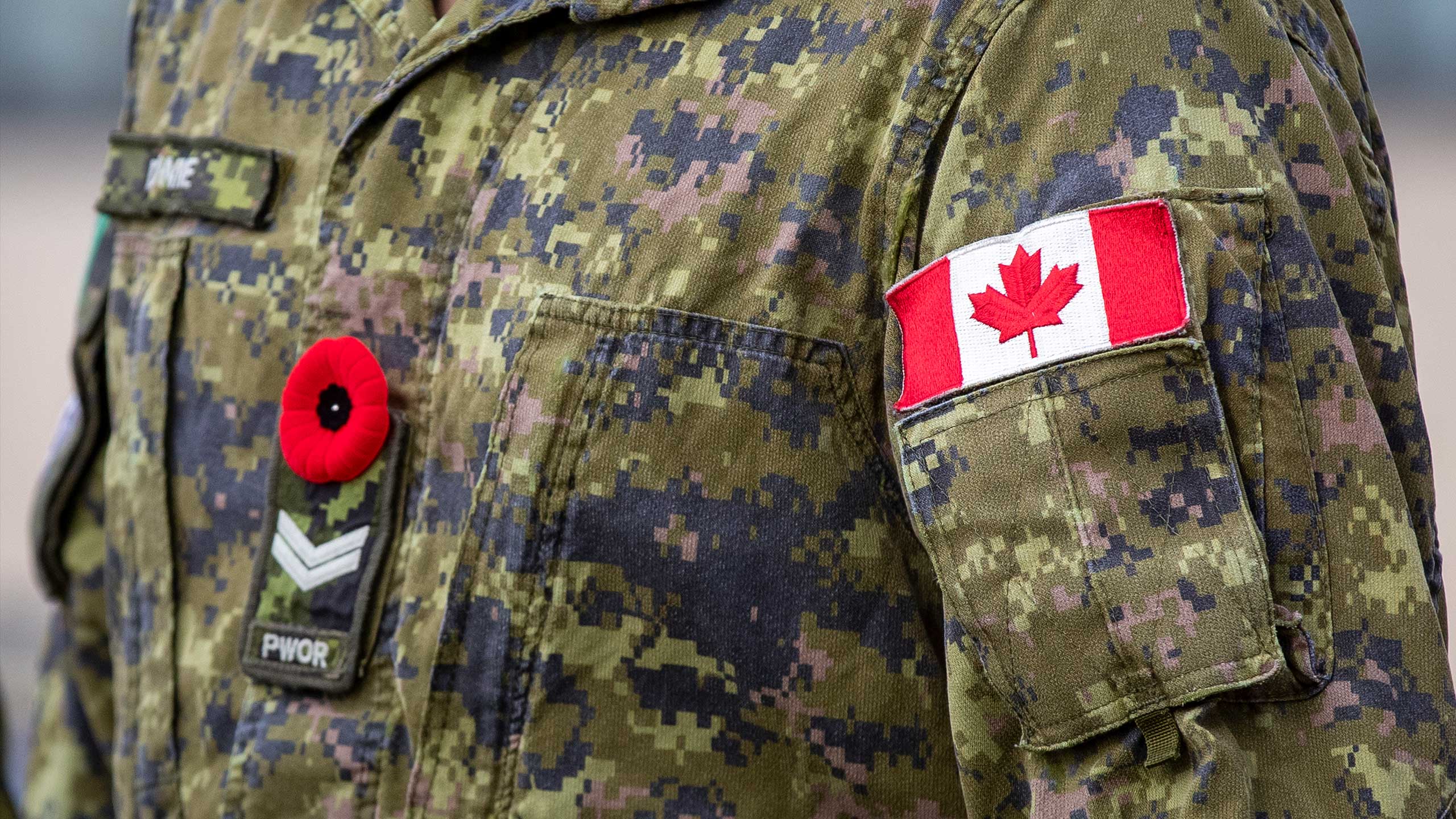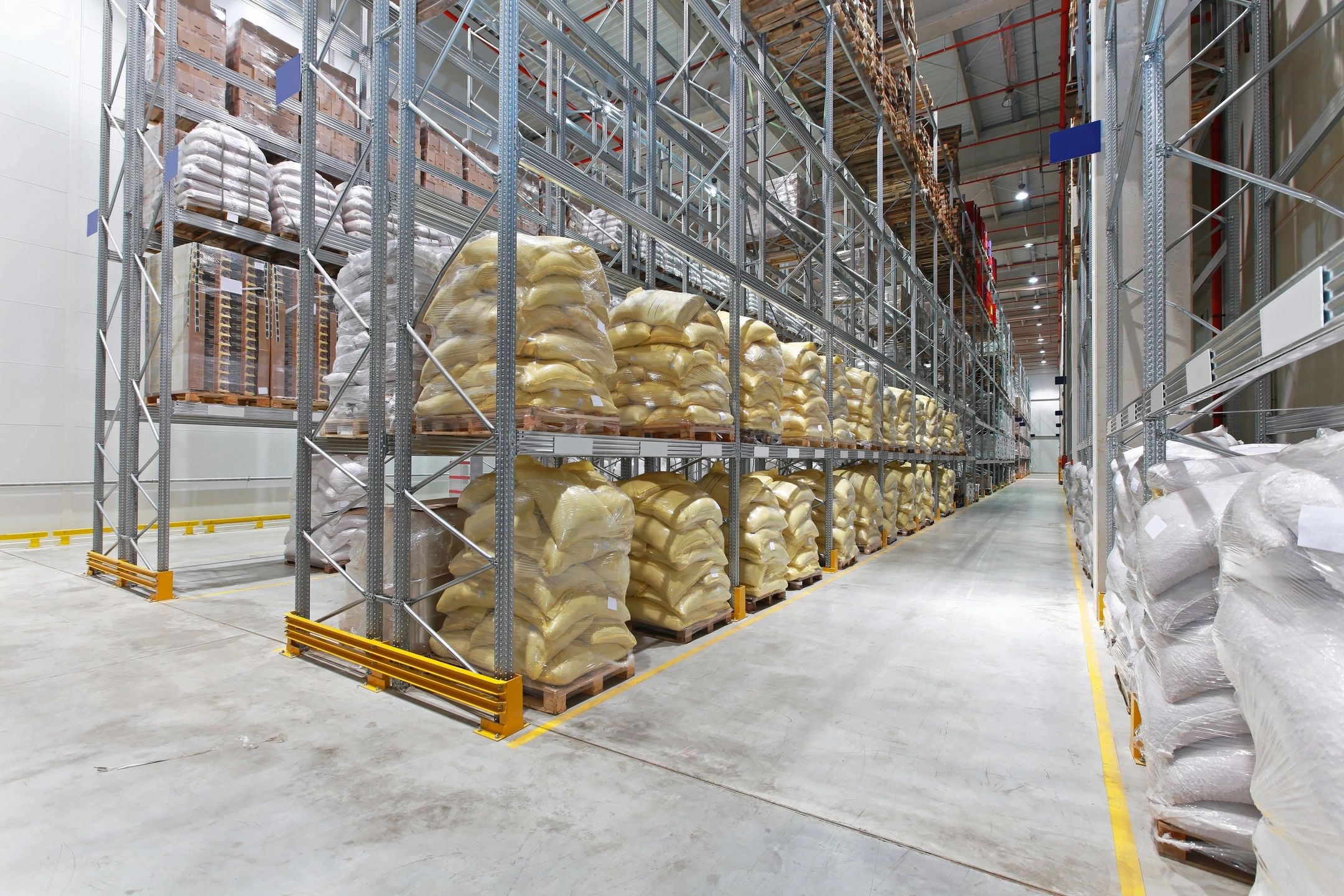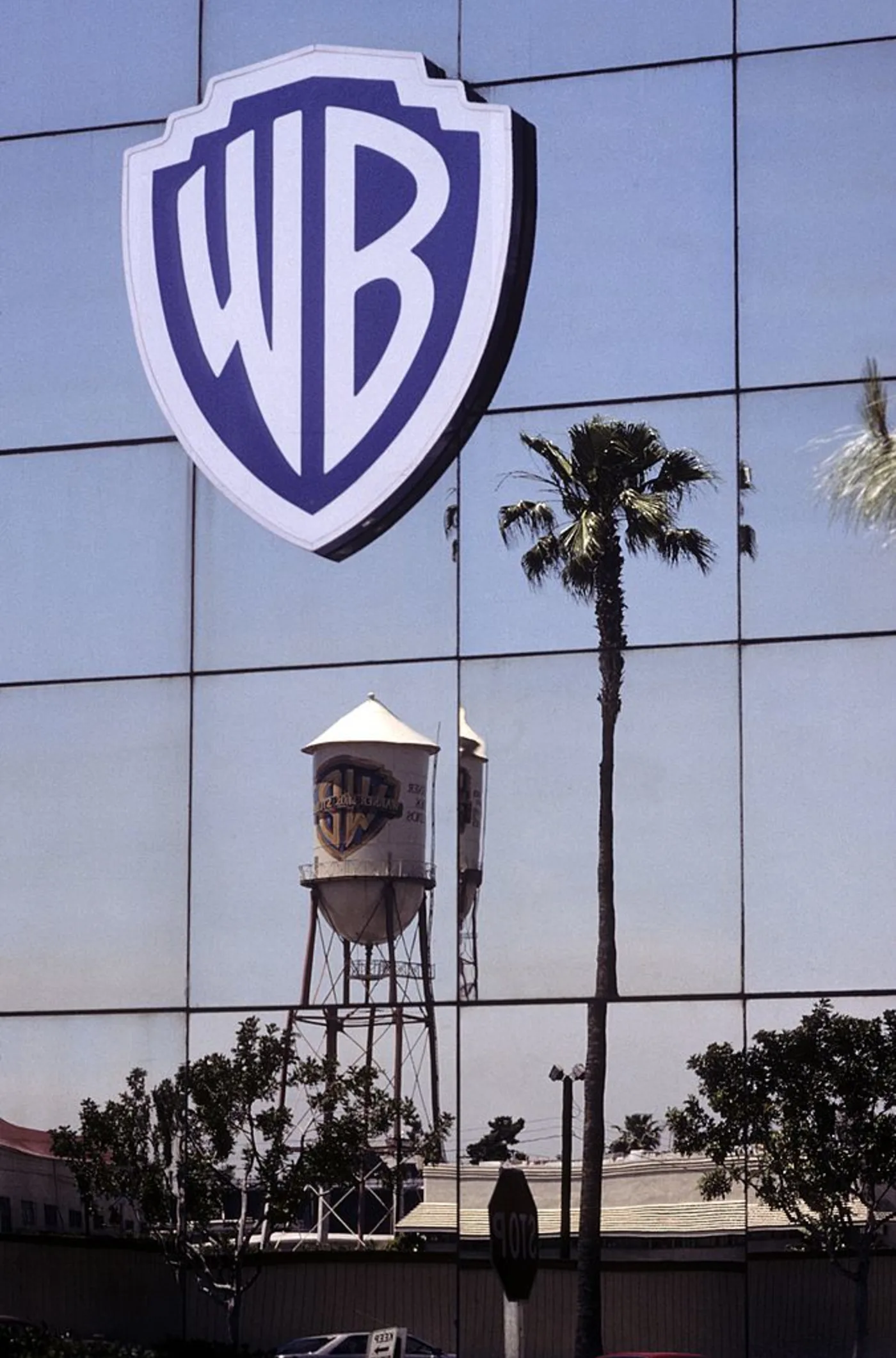Canadian Armed Forces on Track to Meet Recruitment Goal Amid Surge in Applications
The Canadian Armed Forces (CAF) is on pace to meet its recruitment target for the year, buoyed in part by a rise in applications over the past month following U.S. President Donald Trump’s return to the White House.
While senior military officials have avoided directly linking the increase to any specific factor, they acknowledge that heightened national sentiment—possibly influenced by Trump’s annexation rhetoric—could bolster recruitment efforts moving forward.
“In the last month, we had about 1,000 more applicants than we did this time last year,” said Commander of Military Personnel Generation Group Pascal Belhumeur.
During a briefing Wednesday on updates to the CAF’s recruitment process, Belhumeur noted that the military is not currently tracking applicants citing Trump’s 51st-state remarks or NATO spending threats as their reason for enlisting.
“We do have surveys and prospect tracking, so in time, we’ll have better data, but it’s still early to determine if motivations are shifting,” he said.
Chief of Military Personnel Lt.-Gen. Lise Bourgon encouraged those considering service to move forward with their applications. “Whatever your reason to want to serve, please go to the recruiting centre and put your application in,” she said.
Adapting to Evolving Threats
Chief of the Defence Staff Gen. Jennie Carignan emphasized that the demands on the CAF today differ significantly from those of the past, requiring the military to evolve in response to modern threats.
When asked whether those threats include the possibility of U.S. annexation, Carignan dismissed the idea. “Militarily, we’re not there at all,” she said, affirming that Canada’s current defense collaboration with the U.S. remains “very, very stable.”
Recruitment Targets and Strategies
After years of personnel shortages, the CAF is aiming to return to “full strength” by 2032, though Carignan stated that the internal goal is to achieve this by the end of the 2029 fiscal year.
Full strength is defined as 71,500 regular force members and 30,000 reservists. As of Jan. 15, the CAF had 64,595 regular force members and 23,117 reservists, leaving a gap of 13,728 personnel.
“So, pressure’s on,” Bourgon said. “But if everything goes well, we’ll reach that.”
To accelerate recruitment, the CAF has introduced several initiatives, including:
- Expanding eligibility to permanent residents.
- Allowing recruits to begin basic training while awaiting security clearances.
- Using targeted advertisements, augmented reality experiences, and digital-friendly application processes.
- Adjusting medical eligibility criteria, ensuring conditions such as anxiety, allergies, asthma, and ADHD are assessed on a case-by-case basis rather than leading to automatic disqualification.
“We’re considering all conditions for enrollment,” said CAF Surgeon General Maj.-Gen. Scott Malcolm.
Addressing Compensation Concerns
With Liberal leadership candidates Chrystia Freeland and Karina Gould proposing military salary increases as part of broader defense spending plans, Carignan stopped short of saying whether current pay levels are inadequate.
“We are always monitoring that aspect for our members,” she said. “We want to ensure competitive salaries, particularly in specialist trades that are in high demand.”
As recruitment efforts continue, the military remains focused on strengthening its ranks while adapting to evolving security challenges.



